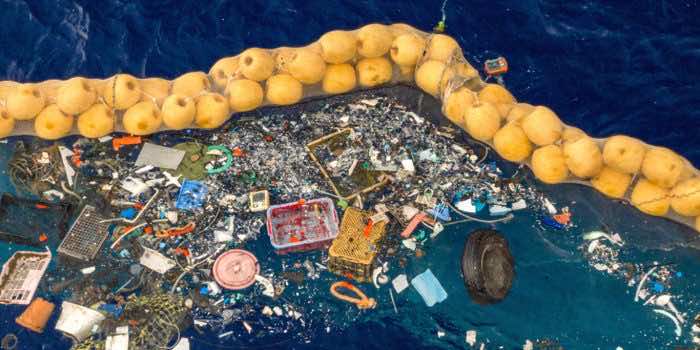The Great Pacific Garbage Patch seems to be a problem that cannot be fully understood. There is always something new revealed about it when it is deeply studied. The unappealing soup of mostly tiny, partially submerged plastic particles stuck in a gyre of ocean currents is full of mystery.
Last week, a nonprofit called The Ocean Cleanup published a study in the journal Scientific Reports finding that the horrid patch doesn’t appear to have plastic straws and other common targets of anti-plastic sentiments. Instead, in a window on the destructive power of the global fishing industry, they found that most of the flotsam seem to have come from fishing nets and ropes.

“This comprehensive analysis revealed that roughly a third of the items were unidentifiable fragments,” the org said in a statement about its work. “The other two-thirds was dominated by objects typically used in fishing, such as floats, buoys, crates, buckets, baskets, containers, drums, jerry cans, fish boxes, and eel traps.”
The findings back up the activists’ claims that holding corporations, not individuals, accountable for pollution is a very effective way to prevent the trash from going into the ocean.
However, not everyone is agreeing with The Ocean Cleanup’s methods, and some scientists have said in the past that their plastic collection methods were ineffective. Also, its ships burn fossil fuels which means that they’re contributing to another type of environmental destruction.

With such a massive problem to solve, disagreements on methodology are inevitable and expected. If the group is right about commercial fishing destroying natural habitats, then it is a good thing that it’s discovering new information that could be used to inform sensible anti-pollution policy.


